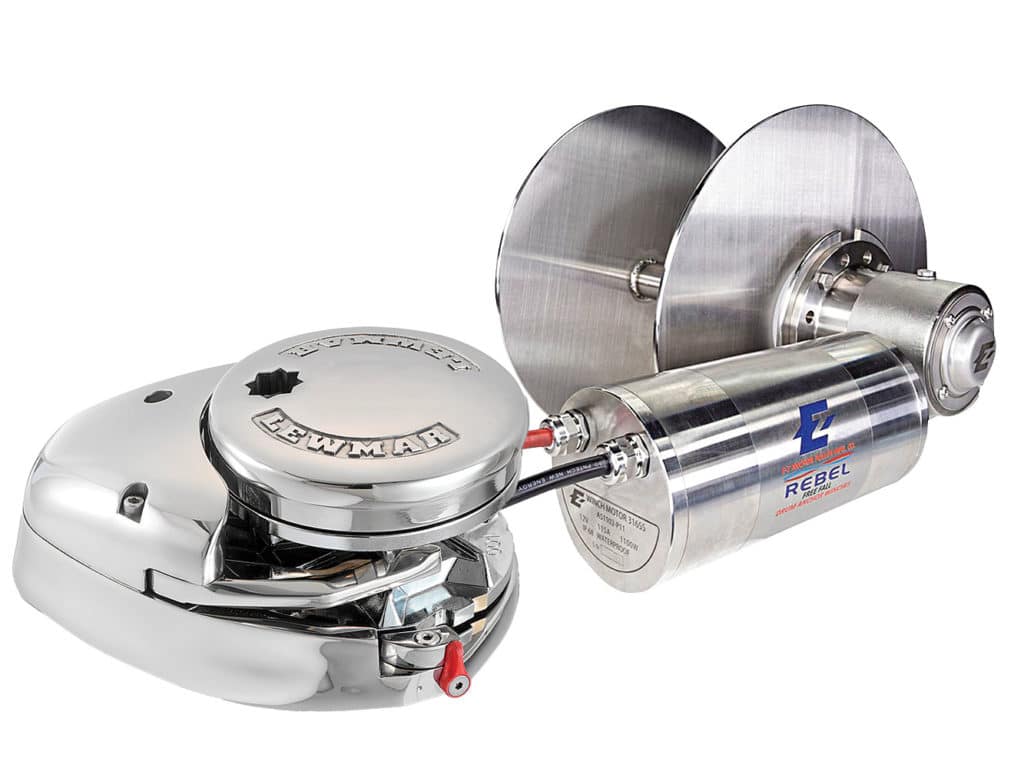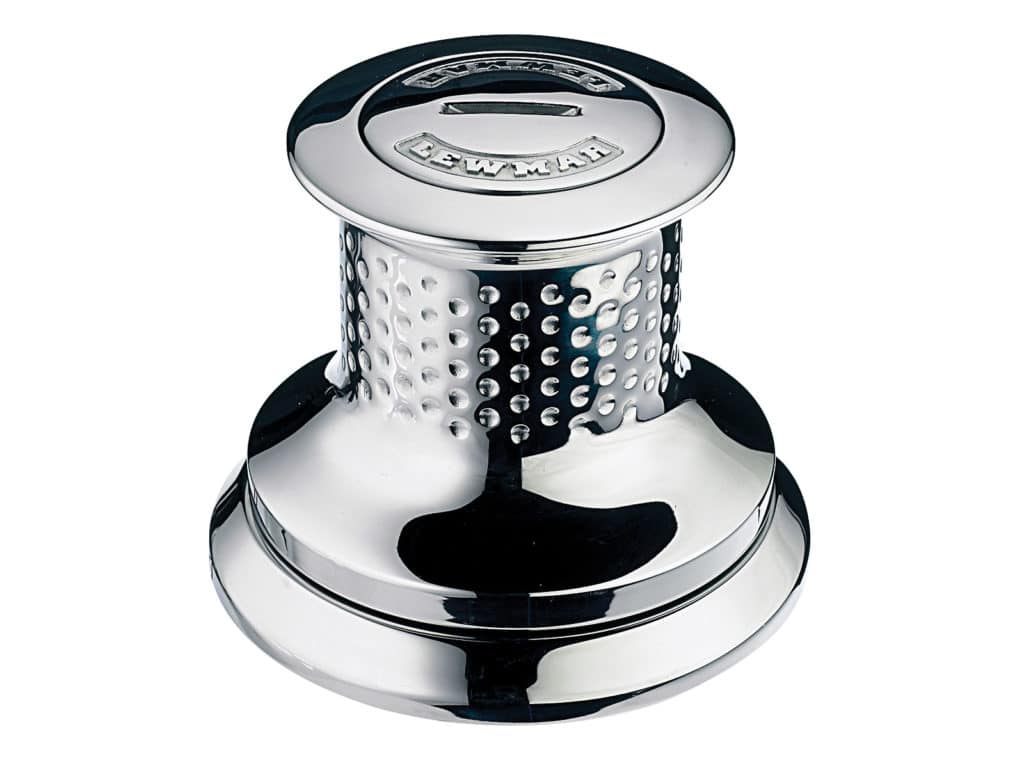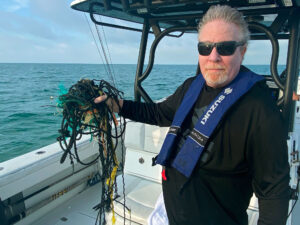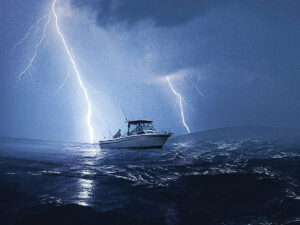
When it comes to retrieving ground tackle via electric, hands-free means, the anchor windlass in its various iterations ranks as the overwhelming favorite among American recreational boaters. But recently, the anchor winch has encroached on the popularity of the windlass, especially among boating anglers. Available from companies such as EZ Anchor Puller, Lewmar and Seachoice, anchor winches are characterized by an electrically powered drum that reels in and stores the rode, versus a windlass that uses a gypsy to retrieve the rode and feeds it into an anchor locker. Let’s compare these two systems.
Tangle Potential
One advantage of an anchor winch is that it’s less prone to jams than a windlass is because it spools the rode on and off a drum. A windlass, on the other hand, grabs the rode with “teeth” on the gypsy and feeds the line and chain in and out. Line can pile up in the locker, causing it to back-feed around the gypsy and jam. Also, windlasses tend to twist the anchor line, and this can result in jams. The winch wins here.
Space Constraints
Windlasses take up less space than a winch, which necessitates room for the drum. Unless there’s room in the anchor locker for a drum, it must be mounted on the bow deck, assuming there’s enough space topside. The windlass wins in this category.
Rode Requirements
Windlasses possess tight specifications for the size of the line and chain in order to mesh properly with the gypsy. However, winches can accommodate a wide range of line and chain sizes. Also, a windlass requires a special rope-to-chain splice. Winches will handle the bulkier thimble-and-shackle connection. Victory goes to the winch.
Line Capacity
When it comes to the amount of rode, a winch is limited by the size of the drum. A windlass, on the other hand, has no inherent limit on the length of the rode, which is dictated instead by the volume of the anchor locker. This is a win for the windlass.
Wear and Tear
A windlass wears out anchor line more quickly than a winch does. That’s because the teeth on the gypsy chew at the line. A winch has no such point of contact. However, this is of little concern for many boaters because it takes years of hard use to wear out an anchor line. Still, in the category of wear and tear, the winch wins.
Read Next: Two Rules for Using a Windlass
Free-Fall Capabilities
Precision anchoring over a wreck or reef calls for getting the anchor to the bottom quickly. The best way is to let the anchor free fall. Both windlasses and winches are available with free-fall capabilities. So, in this comparison, they finish in a tie.

Aesthetics
It’s possible to hide some winches inside anchor lockers, but most get installed atop bow decks. Perhaps the steampunk look of an exposed winch complements an Alaskan fishing boat, but it’s hard to imagine one on a sleek center-console. Many of today’s windlass installations lie hidden under the hatch of an anchor locker, and even then only the gypsy is visible inside, with the rest of the machine belowdecks. So, when it comes to aesthetics, the windlass gets the nod.









